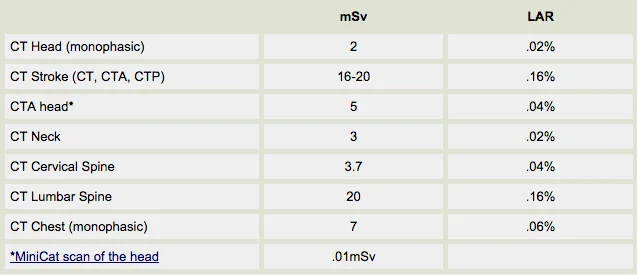Helpful Links
Video Office Visits Available
Unable to come into the office? Worried about the spread of COVID-19? Schedule a virtual doctor visit using your smartphone, tablet, or computer.
Specialty Spotlight: Thyroid Care
San Francisco Thyroid Center brings diagnosis and treatment together
When a group of Brown & Toland physicians started the Thyroid Center of San Francisco in October, their goal was to make the clinic a convenient one-stop shop for patients seeking coordinated care for thyroid cancer. Today, the clinic houses all the services needed to help identify and treat thyroid cancers: endocrinology, imaging, aspiration, pathology and surgery. “Our clinic is the hub where all that comes together,” said Jacob Johnson, M.D., one of the clinic’s partners. Patients can head to one central location to receive care, often with a quick turnaround. As a side benefit, patients can build a relationship with a small cadre of healthcare providers who work in concert with their primary care doctors.
Hearing Articles
- InSound’s new hearing aid hidden inside ear
- Raves (Yes, It’s True) for New Hearing Aid
- May is Better Hearing Month (PDF)
Radiation Risk Information
The following information is adapted from a presentation given by Dr. Kirk Moon, head of Radiology at California Pacific Medical Center, San Francisco, CA on May 2, 2010.
The concern about increasing radiation doses from medical imaging has been building for years due to the dramatically expanded use of medical imaging over the past 20 years. CT usage has increased approximately 10% every year for the past 10 years.
Potential Risks
Heritable genetic mutations in germ cells
- Effect not seen at doses employed in medical imaging
In utero damage to fetus
- Important risk, but special circumstance are subject of this presentation
Acute radiation sickness
- Only seen at very high doses and in exceptional circumstances. Not discussed in this presentation.
Cancer induction
- The most important effect and the focus of this presentation
Summary of cancer risk
Females are approximately 50-80% more radiosensitive than males across all ages
Radiosensitivity decreases continually with age – young children are particularly radiosensitive
- Newborns are 3-5x more radiosensitive than 30 year olds
- 30 year olds are twice as radiosensitive as 70 year olds
Different organs have different degrees of radiosensitivity
- Brain < neck < chest/abd/pelvis
- Tissues with rapid cell turnover more radiosensitive than others
“Bottom Line”
- Doses associated with most imaging procedures are quite modest and pose little additional risk
- A limited number of procedures carry substantially higher doses than average and have a measurable added risk, even for a single procedure
- The biggest risk isn’t from single procedures but from cumulative dose
Estimated Radiation Doses
The Mean annual effective dose absorbed as “background radiation” is 3.11 mSv. LAR is the “Lifetime Associated Risk” increase of getting cancer from this dose of radiation.
Doses listed are estimates for a standard CT scanner. The unit sievert (Sv) specifically measures absorbed radiation which is absorbed by a person; the units listed here are millisieverts (mSv), or 0.001Sv.

Putting the Risk in Context
Receiving 20 mSv of radiation is equal to:
- Smoking 7 packs of cigarettes
- Spending 200 days breathing polluted air
- Driving 4,000 miles in a car
- Flying 25,000 miles in a jet
- Canoeing for 10 hours
For Reference:
- Radiation workers (including radiologists) are permitted to receive a whole body exposure of 50 mSv per year.
- Typical radiotherapy fraction = 1800-2000mSv
- Smoking cigarettes more than doubles risk of AMI (>200% added risk)
What You Can Do
- Ask Questions. Understand why you are having the test and ask your doctor about the radiation dose associated with it.
- Log your lifetime radiation exposure. This will help you and your doctor make an informed decision about the risk-benefit ratio of getting a particular test.
- Look for low-dose alternatives. The Xoran MiniCat is one such example, with 10-50x less radiation than a traditional CT scanner. This new technology is an especially safe option for children. Click to visit minicat page on our site